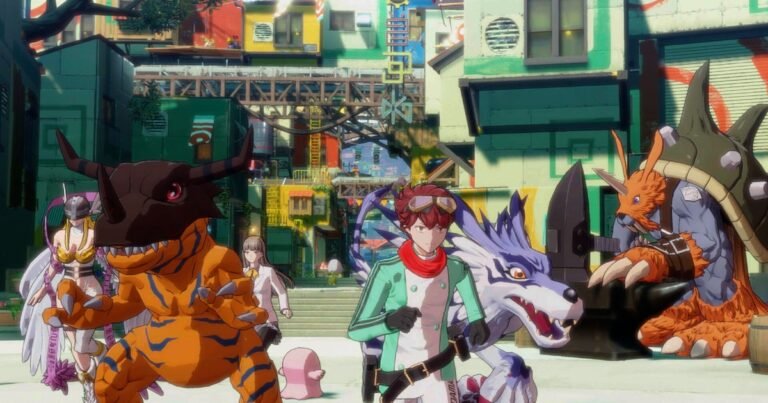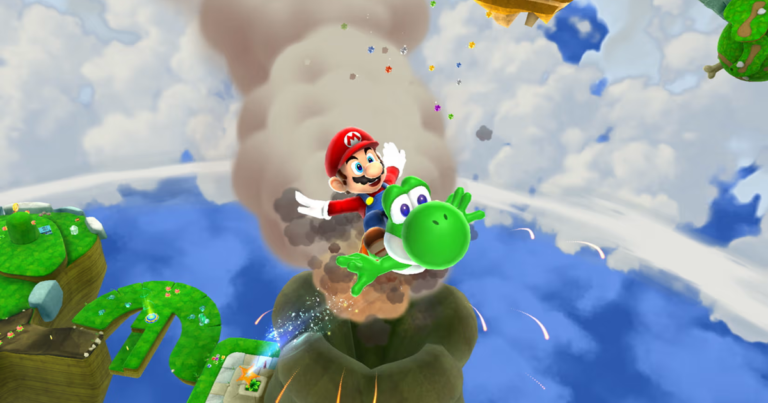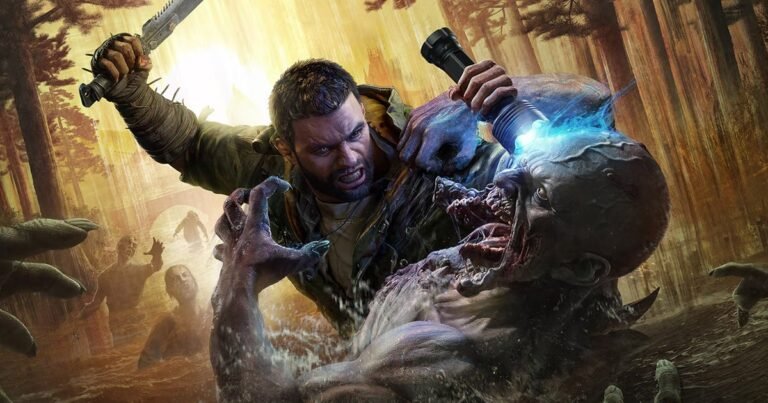
After having us lug backpacks through the mountains, forming bonds, and trying to better understand the Timefall, Death Stranding is back, with all that made it strange, unique, and, for many, fascinating. Released in 2019, the first game from Kojima Productions divided opinions with its contemplative gameplay and a heavily-loaded narrative, but ended up gaining a cult following, especially among Hideo Kojima fans. Now, with Death Stranding 2: On the Beach, we are promised to go even further in this post-apocalyptic world so marked by babies in capsules, invisible ghosts, and endless walks with boxes on our backs.
Five years later, Sam returns, but the world around him seems even more bewildering, and, of course, more Kojima than ever. This sequel is not just a direct continuation of the story, but also an expansion of what the first game tried to do: connect people in a destroyed world. If the first title was about the slow reconstruction of America, this one is more about the conflicts that arise when those connections start to weaken.
### Kojima’s Mind Behind the Work
Talking about Death Stranding 2 without mentioning the mind behind it is impossible. Hideo Kojima remains a unique figure in the industry, someone who treats video games as an artistic and personal medium, unafraid to take narrative or gameplay risks. We may or may not like his ideas, but it’s hard to deny that there’s a rare vision behind these projects. And it’s that vision that, once again, gives rise to something that cannot be confused with anything else on the market.
In this new work from the Japanese visionary, his signature is unmistakable. Death Stranding 2: On the Beach is clearly a continuation of the first game, but it goes beyond mere repetition; it’s an evolution fueled by the experience accumulated over Kojima’s extensive career. The foundation is there, with the same cinematic approach that has always defined his projects, but now with a richer array of elements that fill in some of the gaps pointed out in the original title. There’s a sense that Kojima has subtly listened to certain criticisms and decided to bring back ideas that made him famous, echoing projects like Metal Gear Solid to give more robustness to what he has built here.
### Atmosphere and Audiovisual Immersion
Death Stranding 2: On the Beach impresses from the start. Kojima Productions fills the screen with sublime visual details, the kind that grabs your attention at first sight. The presentation is extraordinary, the art direction maintains that unmistakable tone, and the sense of immersion is immediate and natural. It’s an apotheosis of audiovisual sensations that transports us into the doubts between the real and the gameable.
The first part functions as a sort of silent practical lesson, a carefully choreographed lesson that teaches us how everything works, even for those who have spent dozens of hours in the first game. It’s not just a simple tutorial: it’s a slow reintroduction to the rhythm of this universe, where every step carries weight, and every rock or slip forces you to respect the terrain once again. As we approach the first major goal, the feeling is that we are tuning back into the world, not just the controls.
It’s a long walk, yes, but a pleasant walk. The landscape continues to be breathtaking, now with even more detail, more life, and the music, that blend of ambiance and melancholy, manages to bring forth a deep introspection, that rare emotional connection that few games can create. And it’s precisely here, in this contemplative beginning, that everything starts anew. We’re back in the strange, isolated, and fascinating world of Death Stranding, where even loneliness has a comforting echo.
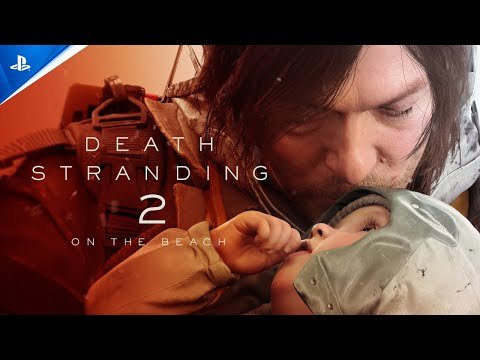
Watch on YouTube
### Narrative: Weaknesses and Continuous Development
However, not everything shines in the same way: the story, this time, seems more disjointed, less mysterious, and with a more contained initial emotional impact than in the first game. There’s less of that narrative fog that made us theorize about everything. But over time, the narrative gains ground, slowly, and we end up growing fond of the strong themes of friendship, loss, and trust.
Sam’s story is picked up about eleven months after the end of the first game, now involved in a mission to expand the universe beyond the United Cities of America. Instead of rebuilding a ruined America, Death Stranding 2 takes us to Australia, an unstable and brutal territory, where nature imposes itself almost hostilely. Earthquakes, sandstorms, forest fires, and other environmental threats require adaptation at every turn, making the terrain more unpredictable and demanding. The presence of the EPs remains a constant threat, but with new enemies now.
### Gameplay: Expansion of Accessibility
There’s a clear evolution in gameplay. More tools, weapons, and vehicles (much more useful and agile), along with the introduction of abilities in the form of APAS Enhancements that provide technological benefits to reduce travel efforts. Rain is not just a backdrop anymore: we slip, we’re surprised by earthquakes that change the terrain, snow avalanches, sandstorms… everything influences the journey. Now we even have a spaceship that acts as a headquarters, which is a great novelty, bringing freedom, usefulness, and perfectly integrated into the narrative. The rooms have also been improved: more functional, quicker to use, and we can even decorate them with photographs. Small touches that make us feel more at home in that inhospitable world.
New Mechanics and Enhanced Gameplay
New mechanics have been introduced, through structures, weapons, or means of transportation, to enhance the way we move in the world of Death Stranding 2. Everything is less painful now: progression is faster, traveling is less exhausting, eliminating one of the most common criticisms of the first game. This slowness has been significantly attenuated thanks to a general restructuring of the ways we move.
Although faithful to exploration and building connections, gameplay undergoes intelligent changes. We can choose more direct methods, with a huge variety of weapons like grenade launchers, machine guns, and more refined weapons, or follow a stealthier path, using holograms and silent movements. These new ways of playing give players more freedom and break the monotony that could exist in the first game.
The social bonding system, SSC, remains very present, allowing asynchronous collaborations where one player’s actions impact others’ universe. The world is continuous and varied, with different interconnected environments, and the day and night cycle, combined with the “Timefall” rain, requires constant planning. Here, the terrain is almost a personality in itself, shaped by natural forces that demand respect and strategy.
Technical Excellence and Visual Detail
Visually, Death Stranding 2: On the Beach is a true graphical marvel, one of the most impressive examples of what the current generation of consoles is capable of delivering. On the PlayStation 5, it is undoubtedly the most impressive game I’ve experienced so far. The visual quality is so high that, for moments, we are led to question if what we are seeing is really generated by a graphic engine, as there are scenarios where everything looks incredibly real, from the texture of wet clothing to the diffuse lighting of a landscape swept by rain and wind. It’s an astonishing level of detail. The characters are full of life, the scenarios have an impressive density and complexity, the vehicles look like they came out of a high-production sci-fi movie, and even the most mundane objects have a level of visual care that is rarely seen. Here you can clearly see the almost obsessive work of Kojima Productions, which once again presented a flawless technical spectacle. Every frame is carefully composed, and the result is a world that not only impresses but also captivates us with its credibility and beauty.
Questionable Technical Choices
But there are technical choices that are difficult to understand, especially in a production of this caliber. Death Stranding 2: On the Beach offers two main graphic modes: one of visual quality, which prioritizes detail and resolution but is fixed at 30 fps, and another of performance, which allows reaching 120 fps, but with a slight loss in image sharpness. If you have a 120Hz TV with the option active in the console menu, the game automatically sets the performance mode to 120fps, so you have to manually turn it off in the option if you want to play at 60fps. It’s a questionable decision by Kojima Productions that may confuse players.
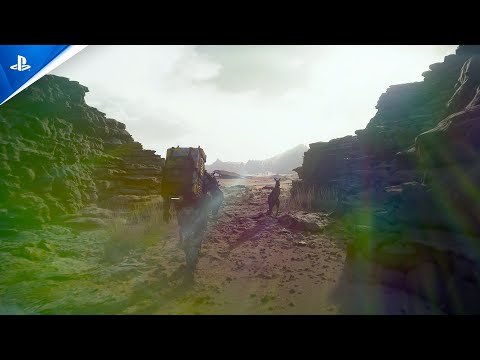
Watch on Youtube
Bosses: Missed Opportunity
I couldn’t help but dedicate two paragraphs to one of the aspects that disappointed me the most in Death Stranding 2: On the Beach: the encounters with bosses. Throughout the journey, I felt a visible lack of impact in these moments, which traditionally serve as high points of stress, emotion, and spectacle. Here, these battles prove to be competent from a technical point of view, but lack grandeur and engagement. Even in the final stretch, where a more intense emotional and technical crescendo is expected, the game opts for somewhat bland solutions, sometimes even too limited. I’m not saying they are a total failure, as they work, fulfill their function, but they lack that impact factor, that sequence that stays in our memory.
During the 42 hours it took me to reach the end credits, playing on normal difficulty, I only died once. This highlights the low level of challenge, which I believe is a conscious decision by Hideo Kojima to prioritize narrative fluidity and emotional involvement over creating frustrating obstacles. It’s a legitimate attitude, which makes sense within the more contemplative identity of the series. But for me, it lacked intensity, it lacked that feeling of really being tested.
Death Stranding 2: On the Beach – A Review
Death Stranding 2: On the Beach is, above all, a reaffirmation of Hideo Kojima’s unique vision. It’s not a game for everyone, nor does it intend to be. It is a carefully sculpted experience, where contemplation and the construction of meaning weigh more than immediate reward. In this sequel, there is a clear maturation of the original formula, with significant improvements in gameplay and a greater concern for the player relationship, without compromising the introspective and mysterious character that made the original as controversial as it was impressive.
Artistic Evolution and Originality
Despite some weaknesses in the initial narrative structure, forgettable bosses, and questionable technical choices, On the Beach is a coherent, refined, and artistically ambitious evolution. It doesn’t revolutionize the universe it originated from, but expands it with wisdom and sensitivity, reinforcing its place as one of the most original and distinctive works in the industry. For those willing to re-enter this strange, poetic, and heavy with silence world, the journey, just like in the original, is worth it not for the destination, but for everything felt along the way.

